Room Treatments Page 2
It bears repeating ad infinitum that good room layout is a matter of sender and receiver. You don't achieve the best results by changing speaker position or listening position alone: the two interact and must be considered and adjusted together, – within the practical constraints imposed by domestic realities.
What's absolutely essential is to place loudspeakers symmetrically, so that they have the same immediate acoustic environment – the same spacings to the floor, front wall and near side wall. In a rectangular or near-rectangular room this is easy to achieve; in some other shapes of room it isn't. In an L-shaped room, for instance, best results are normally obtained with the speakers placed at the end of the longer arm of the room and the listening position located such that it receives the first sidewall reflection from both loudspeakers.
Although it doesn't leave much usable room space, the 'thirds rule' – with the speakers placed one third of the way along the side wall from the front wall and the listing position one third of the way along the side wall from the back wall – often works well and is a good place to start. Knowing what your room could sound like with optimum loudspeaker and listener placement, even if it's impractical, will give you an idea of what you are sacrificing with more practicable layouts.
Room acoustics is a subject on which audiophiles disagree widely. Some contend that having lots of clutter in a room is a good thing because it adds diffusion (scattering) – in effect, it makes the pattern of reflections within the room more complex, and tends to quell strong specular reflections from the walls. The difference between specular and diffuse reflections is illustrated in Fig 3 – specular reflection occurs in a defined direction whereas diffuse reflection scatters the reflected sound over a wide angle. I'll have more to say about reflections when we come to consider placement of absorbers and diffusers, but on the general issue of room clutter I disagree that it's desirable. My experience is that decluttering a room generally improves sound quality.
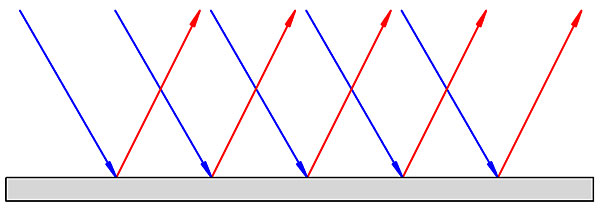
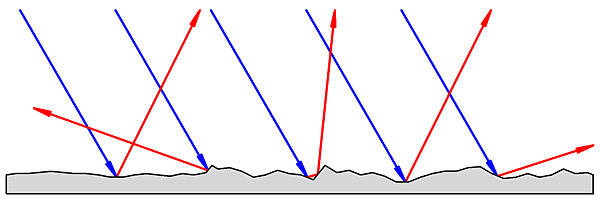
There are classic mistakes you should strive to avoid when decluttering, the worst of which is having a large reflective object or objects between the loudspeakers, such as a chair, sofa or cupboard. Even worse than that is assembling your audio equipment in an 'altar' between the speakers. This may look impressive (to audiophile eyes…) and reduce speaker cable lengths, but as well as adding reflections just where you don't want them it also subjects the system components to higher sound pressure levels, which may be detrimental to sound quality even if you don't use a turntable. Please, please don't do it.
Two Options
OK, we've got this far without talking, except in passing, of room treatment at all. And you may indeed find that attending to what I've suggested is enough to quell your need or urge for room treatment. But what should you do if the sound of your room is still poor and/or you have an itch to try 'fixing' your room acoustics?
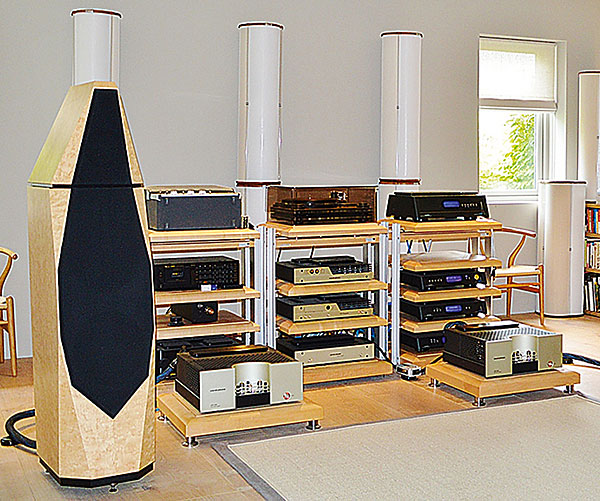
There are essentially two options: you can use absorption to dissipate sound energy or you can use diffusion to scatter particular troublesome reflections. The two are quite distinct and should not be regarded as interchangeable.
Absorbents often take the form of open-cell foams or fibrous tangles, the former being more practicable because they are self-supporting. Absorbent foam panels with contoured surfaces are said to be more effective than plain, flat foams and are visually more acceptable. The downside with all foams of practicable thickness in a domestic context is that they are frequency selective in their absorption, being effective at high frequencies but less so at low frequencies [see Fig 4].
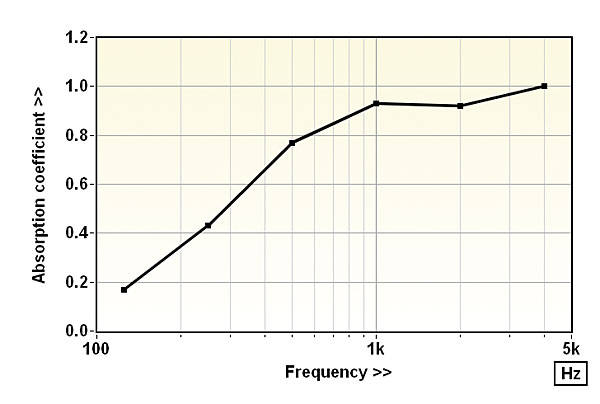
Spectral Distortion
I have firm views on the placement of absorbents in a listening room which aren't shared by all. If we look at the plan view of a representative layout of loudspeakers and listening position in a rectangular listening room [see Fig 5] and trace out the first side wall, front wall and back wall reflections we can identify what might seem logical positions to place absorbent panels on the walls, (shown as red rectangles).
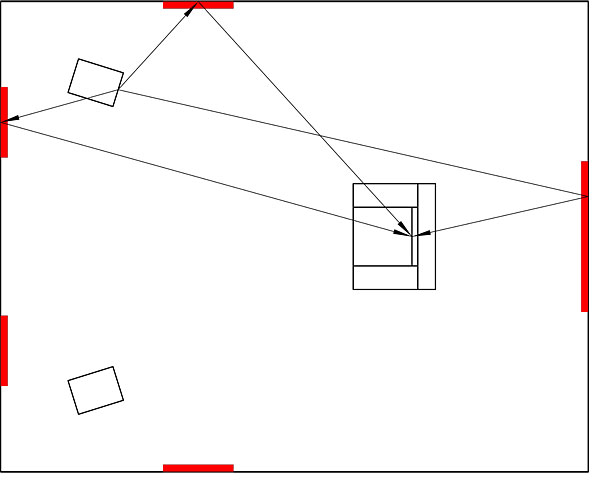
Logical they may seem but I wouldn't place absorbent at any of these positions, with the possible exception of behind the listening seat. If you recall, my first experiments with absorbent foam panels placed them on the side wall to quell the first lateral reflection – an arrangement that turned out to make the sound worse, not better. Likewise, if not so negatively, if the front wall reflection was suppressed.
I quickly worked out why (proper functioning of the precedence effect requires that the direct and reflected sounds be sufficiently alike), and later discovered an Audio Engineering Society paper which lent academic respect to what I was hearing and thinking. As we've already seen, a foam panel doesn't truly suppress a reflection. What it does, because its HF absorption is much more effective than its LF distortion, is spectrally distort the reflection by preferentially absorbing treble frequencies. With most speakers, their directivity already makes the side wall reflection treble-light; placing absorbent on the side wall makes the spectral disparity between the direct sound and the reflection even larger – and the effect on sound quality is not to my taste. The stereo image shrinks and so does the sense of dynamic scale.
The AES paper was written by Daniel Queen ('The Effect of Loudspeaker Radiation Patterns on Stereo Imaging and Clarity', Journal of the Audio Engineering Society, May 1979) and is about loudspeaker directivity. But it contains this important conclusion: 'The data suggest that to achieve good imaging and clarity, speaker designs for home music listening rooms must consider directivity not from the standpoint of audience coverage, but from the standpoint of uniformity of the intensity of arriving reflections with respect to frequency'. Of course, this requires that the reflected sound not be spectrally distorted by absorbents.
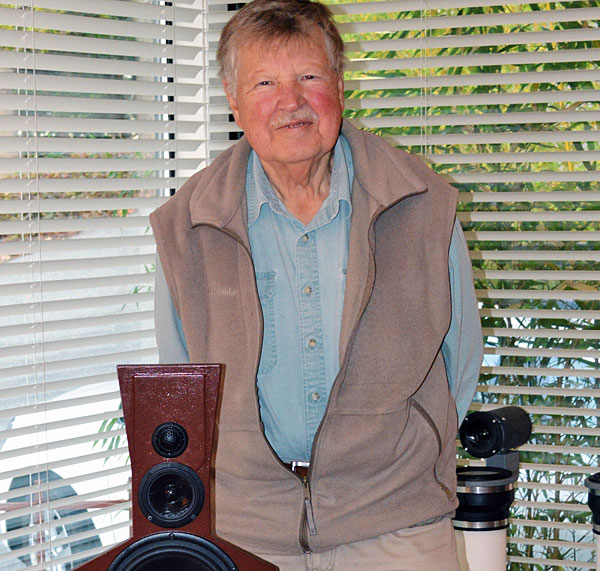
Decades later, speaker designer Siegfried Linkwitz [HFN Mar '16] wrote extensively about the need for uniform loudspeaker directivity and in another AES paper ('Room Reflections Misunderstood?', Paper 7162, AES 123rd Convention, October 2007) suggested: 'Reflections generated by the two speakers should be delayed copies of the direct sound to the listener. The delay should be greater than 6ms. The high frequency content of the reflections should not be intentionally attenuated.' In other words: no absorbent on the walls!
Because of this, all of the absorbent foam that's scattered around my listening room to reduce reverberation time is positioned well above seated ear level (Fig 6), to leave the earliest and strongest reflections spectrally unmolested.
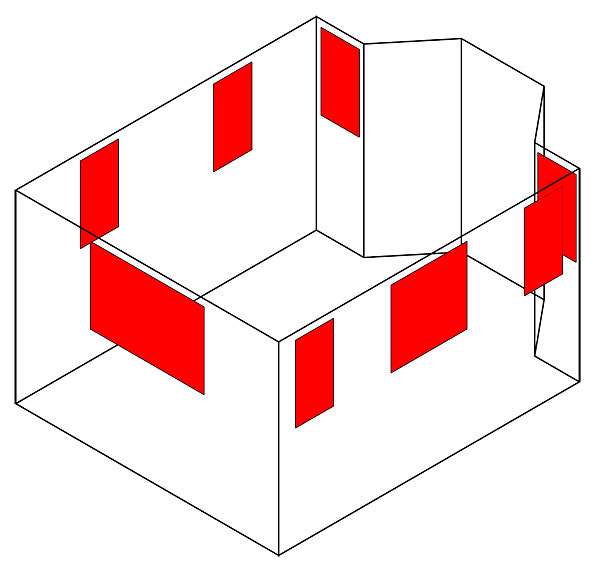
In Concert
I use RPG ProFoam panels (see www.rpgeurope.com for more) but tapestries or similar can be a more domestically acceptable substitute. To cover all the walls' upper surface would add too much damping to my room (and most others) so each absorbent panel faces a bare, reflective section of the opposing wall, which obviates the possibility of introducing any flutter echoes.
I don't think that diffusers should be placed on side or front walls either, although I admit to this being supposition as I've never tried it. When Manfred Schroeder invented the quadratic residue diffuser (Fig 7), it was to address ceiling reflections in modern concert halls, which are 'mono' and typically arrive before and with greater intensity than the 'stereo' reflections from the side walls. This reduces the difference between the waveforms at the two ears and, as a result, quells the listener's sense of spaciousness and envelopment.
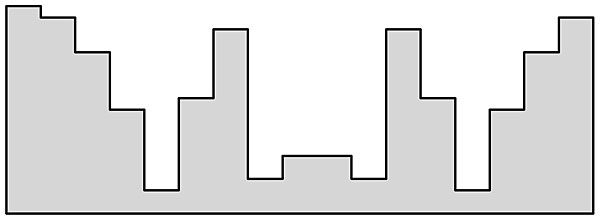
We have to be careful about equating concert hall and listening room design because the roles are different and so too are the time delays involved. But even in a listening room, if you're going to use a diffuser I believe it should usually be to scatter 'mono' rather than 'stereo' reflections. Assuming you're not going to bolt diffusers to your ceiling, that means the most appropriate position for a diffuser is behind the listening position, to scatter the rear wall reflection.



















































